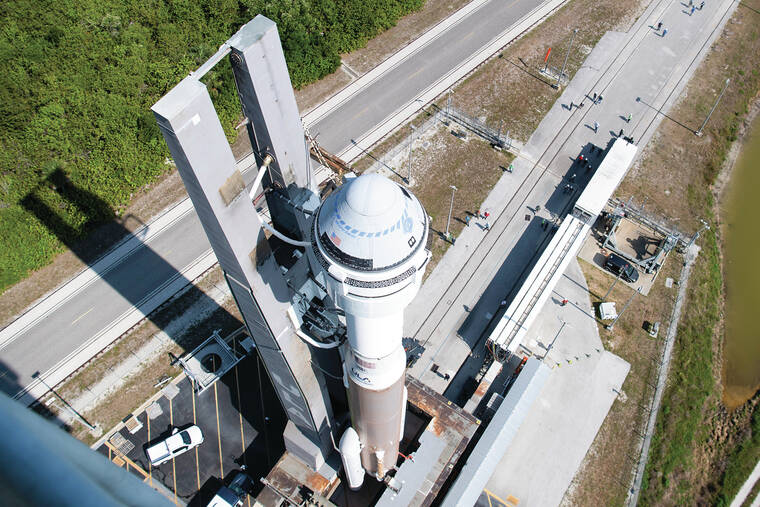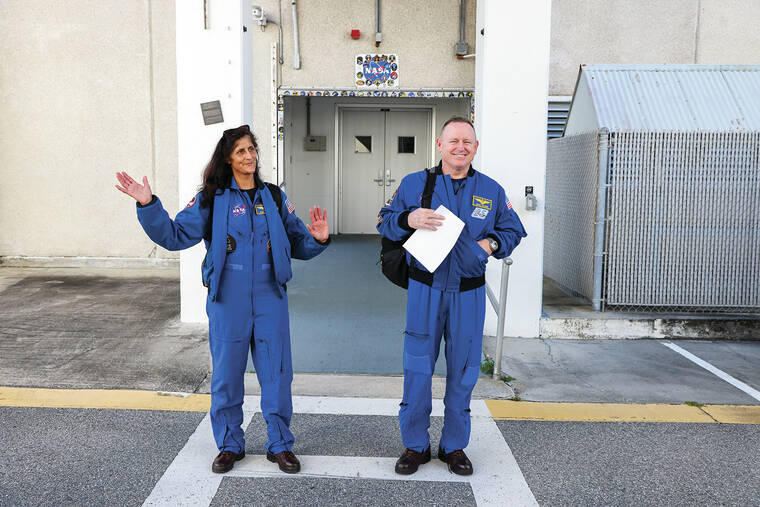Boeing 1 month out from 4 years of catchup to SpaceX with 1st crewed Starliner flight


ORLANDO, Fla. — After nearly four years of playing catchup, Boeing is finally set to join SpaceX as one of two commercial partners capable of flying NASA astronauts to the International Space Station.
Boeing’s CST-100 Starliner is aiming for a May 6 launch, carrying commander Barry “Butch” Wilmore and pilot Sunita “Suni” Williams on the Crew Flight Test. They will fly atop an Atlas V rocket from Cape Canaveral Space Force Station’s Space Launch Complex 41.
ADVERTISING
The duo are looking to dock Starliner with the ISS for about eight days before bringing the spacecraft back home for a ground landing in the western U.S. It will pave the way for Boeing to begin regular service to the station as part of NASA’s Commercial Crew Program, the remedy to reliance on Russia for ferry service to the ISS after the end of the space shuttle program in 2011.
“It’s really exciting to finally get here to this day,” said Williams, and “represent so many people who have worked for years to get this Boeing Starliner ready to go. We just happen to be the tip of the spear, the face of it, and take it to space.”
Starliner’s path to human spaceflight has been a tortuous one. SpaceX has surged ahead since it made the first visit with astronauts on board one of its Crew Dragon spacecraft in May 2020. Including that flight, Elon Musk’s company has now flown 50 humans to space across 13 flights among its fleet of four Crew Dragons.
SpaceX and Boeing had been fairly close in development leading up to their first uncrewed test flights, but the December 2019 attempt by Boeing called the Orbital Flight Test (OFT) had several issues that did not let it rendezvous with the ISS. NASA deemed that flight a “high visibility close call” that forced a major overhaul of the program including hardware, software and management practices from both Boeing and NASA oversight.
It also meant Boeing had to fly a second uncrewed test flight (OFT-2), which it did in May 2022, successfully docking with the ISS. But that flight also had issues. While it looked like the CFT flight with Wilmore and Williams was set to fly in 2023, new concerns related to the spacecraft’s parachutes as well as the discovery that much of the tape used in the Starliner hardware was flammable required even further delays.
“I’m not gonna say it’s been easy,” Williams said. “It’s a little bit of an emotional roller coaster as things are getting fixed, or you see a couple steps back, but then you see a couple of steps forward. And we’re at that point now. We knew we would get here eventually. It’s a solid spacecraft.”






